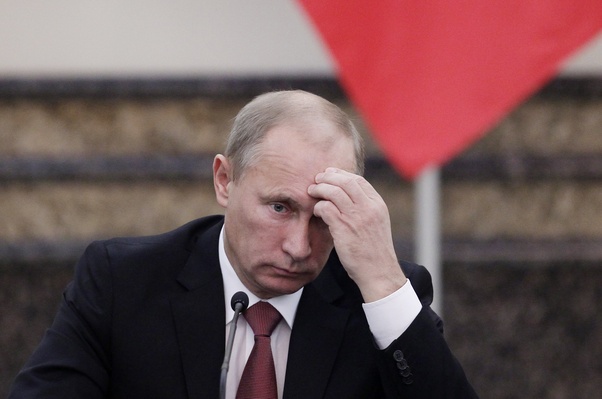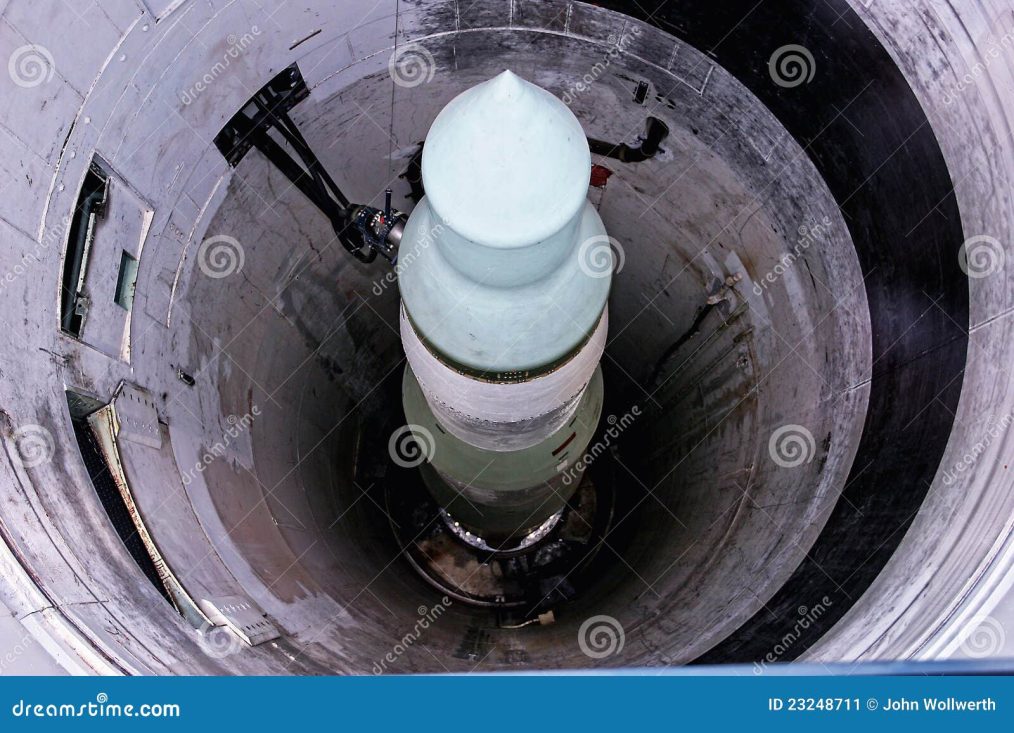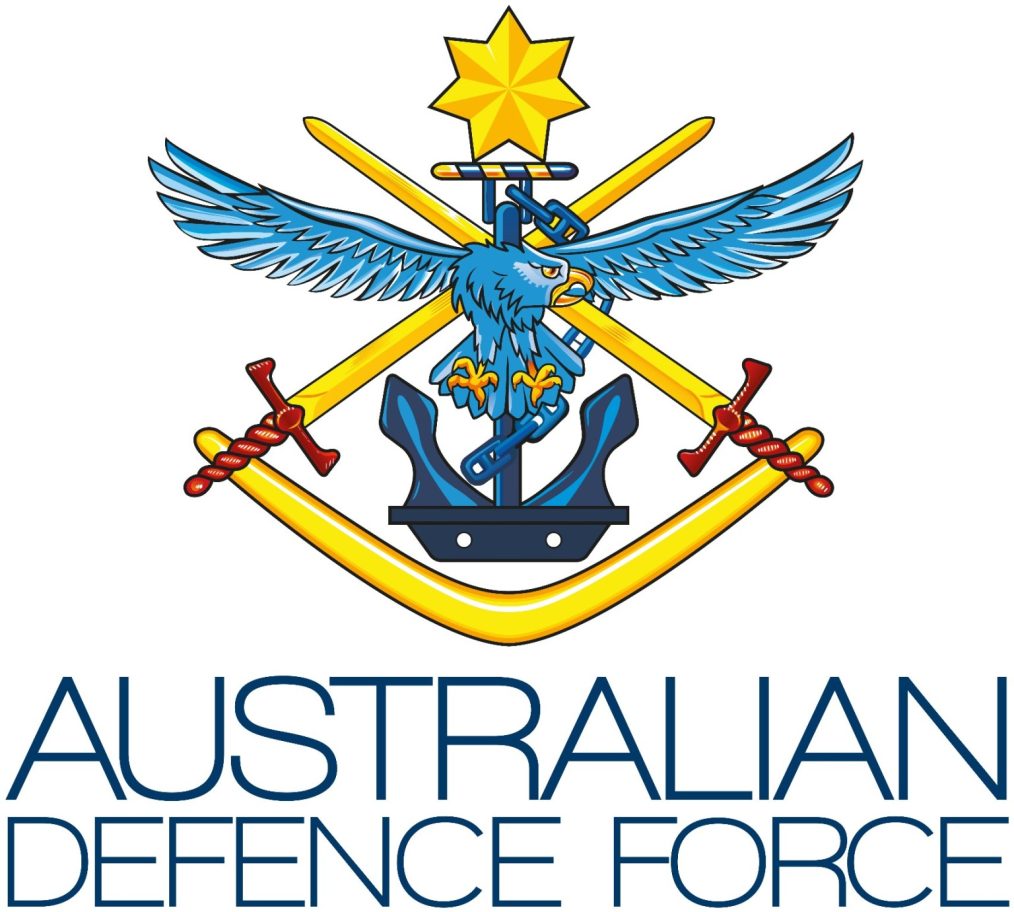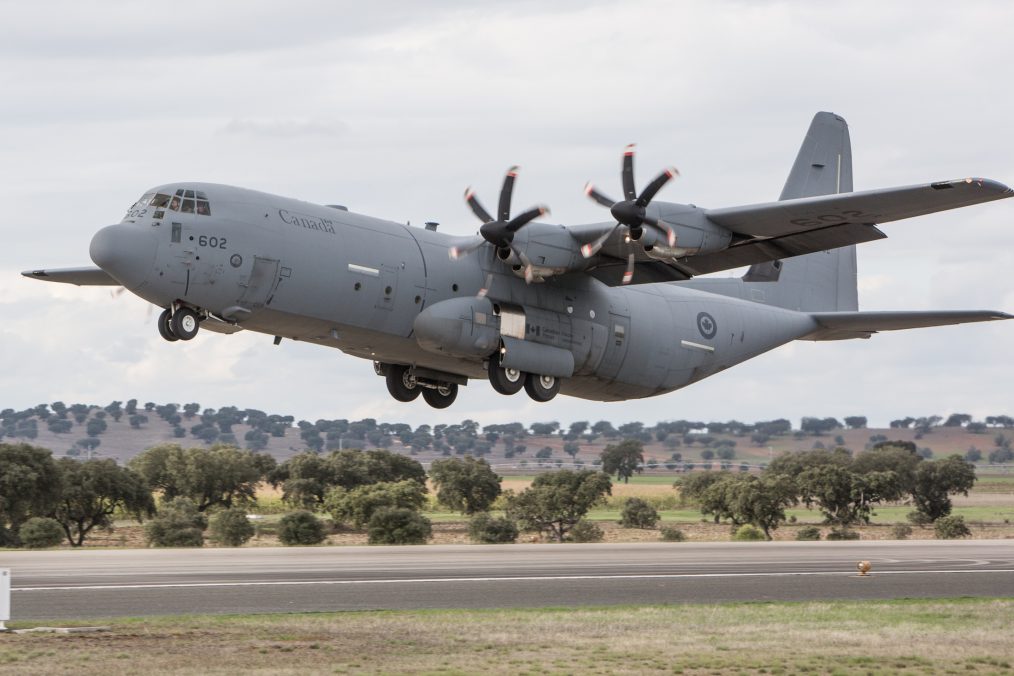Russia’s economy is facing a deepening crisis as the Ruble continues its freefall, raising alarms across global markets and within the Kremlin itself. While this might seem like a victory for critics of Vladimir Putin, the ramifications are more complex and potentially dangerous. Economic instability could push Russia’s leadership into escalatory decisions, further destabilising the already volatile situation in Eastern Europe.
Amid economic pressures, Vladimir Putin has escalated his rhetoric, issuing a stark warning to Ukraine and its Western allies. He announced that Russia might target “decision-making centres” in Kyiv with its newly unveiled Oreshnik hypersonic missile. This follows Ukraine’s reported use of advanced Western-supplied missiles, such as US-made ATACMS ballistic missiles, against Russian territory.
The Oreshnik, which was first deployed against a Ukrainian city last week, is touted as “unstoppable” by Moscow. Potential targets for the missile include Ukrainian military facilities, defence enterprises, or government offices.
The conflict has significantly intensified in recent days, with missile exchanges escalating in scale and impact:
- Russia launched a massive overnight attack on Ukraine in retaliation for Kyiv’s missile strikes, causing widespread destruction.
- Over one million people in Ukraine lost power due to Russia’s cruise missile strikes, which reportedly included the use of cluster munitions.
- Ukrainian President Volodymyr Zelensky condemned these actions as a violation of international norms.
Such exchanges highlight the growing ferocity of the war, leaving civilians and infrastructure in the crossfire.
Russia’s latest weapon, the Oreshnik hypersonic missile, has become the centrepiece of its military arsenal. Putin claims the missile rivals nuclear weapons in destructive power, boasting a top speed of 13,600 kph (8,450 mph). While the missile’s first test involved dummy warheads, its capabilities are designed to project strength in the face of economic and geopolitical challenges.
However, Western experts remain sceptical of Russia’s claims. While hypersonic technology is a game-changer in modern warfare, independent verification of the Oreshnik’s capabilities is lacking. Moreover, US intelligence assesses that the likelihood of a nuclear escalation remains low despite the heightened tensions.
The Ruble’s decline and Russia’s economic woes are not isolated problems. They intertwine with the war in Ukraine, creating a feedback loop of instability. The pressure on the Kremlin could lead to more aggressive military tactics, as Putin attempts to distract from domestic challenges and reinforce his authority on the world stage.
For now, the world watches anxiously. The combination of economic fragility, new military threats, and escalating conflict creates a perilous situation, with the potential for far-reaching consequences.









